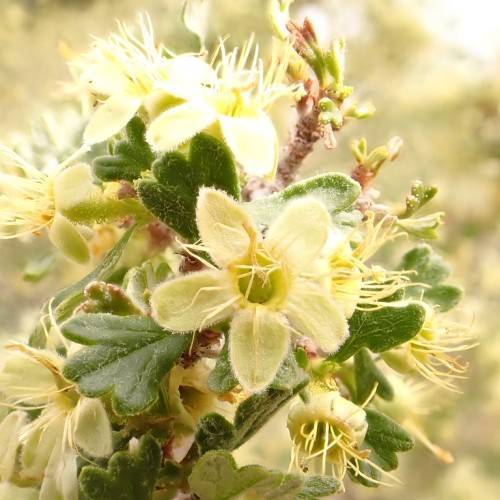
antelope bitterbrush
Purshia tridentata
Cycle:
Perennial
Watering:
Average
Hardiness Zone:
9
Sun:
filtered shade,part sun/part shade
Fruits:
Fruits Ready In Fall
Leaf:
Yes
Growth Rate:
Moderate
Drought Tolerant:
Yes
Salt Tolerant:
Yes
Indoors:
Yes
Care Level:
Medium
watering
Table Ferns should be watered lightly and often, about once a week. However, if the soil feels dry, you can water it more frequently. Be careful not to overwater as this plant does not like to be soggy. Water generously and thoroughly (until water is draining from the drainage holes). Be sure to allow the water to completely drain out before refilling the pot with new water.
sunlight
Table Ferns require moderate to bright indirect sunlight for most of the day. About 4 to 6 hours of direct sunlight a day is the best. Too much direct sunlight can cause the leaves to become scorched or yellow. The table fern can also tolerate lower light conditions, but it will not thrive as best as it can with moderate to bright indirect light.
pruning
Table ferns (Pteris ensiformis) should be pruned in the spring or early summer, as soon as new growth appears. Pruning should be done to maintain a desired shape or size, and no more than 1/3 of the plant should be removed in each pruning session. Doing too much pruning may weaken the plant so it is best to remove no more than what is necessary. In addition, it is important not to leave any jagged edges in the plant which could lead to disease.
